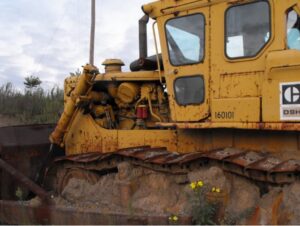Austin Land Development – Characterization
When characterizing land development in Austin, one must determine in a feasibility study if the property is viable as well as determine what the market acceptance for the end product which can be office, warehouse, retail etc. This is a very important step even if the developer (individual) for the land does not end up being the person to do the development. When in the development phase for land, you must anticipate and understand clearly what the demand is for the final property to be built on the land.
Demands on Land
Demand on the end product will obviously affect the demand for individual sites, lots or pad sites with land development. Also is the importance of the actual size of the land that is needed to support the land acquisition, meaning is it of sufficient size? Don’t forget the word usable here, how much of the land is really usable versus how much is restricted? All plans including the subdivision or platting of the sites within the tract of land to be acquired. Decisions have to be made on how to subdivide larger developments into lot sizes and how to price the individual sites based on the expected end uses. Market studies commence to make sure the project is viable.
Business and Warehouse development land
In a business park or warehouse development land developers may prepare a site for sale for project developers but they usually do retain some land sites for their own development. An example would be a single tenant wants a development done in a business park , in this case the developer may provide a build to suit solution for the tenant and enter into a long term lease arrangement. Alternatively, a developer may provide a build to suit solution that is full turnkey on a site to sell to a tenant. A developer may also build speculative projects to attract other tenants to the warehouse or business park. A land developer can position to sell portions of the land to another developer as long as they abide by the rules and controls that are in place, such as landscaping , adequate maintenance, deed restrictions and agreements in place with the park owner’s association. Land development is highly fragmented , localized and competitive.

